AMD Carrizo (A10-8700P) review – will the new series of APU chips turn AMD around?
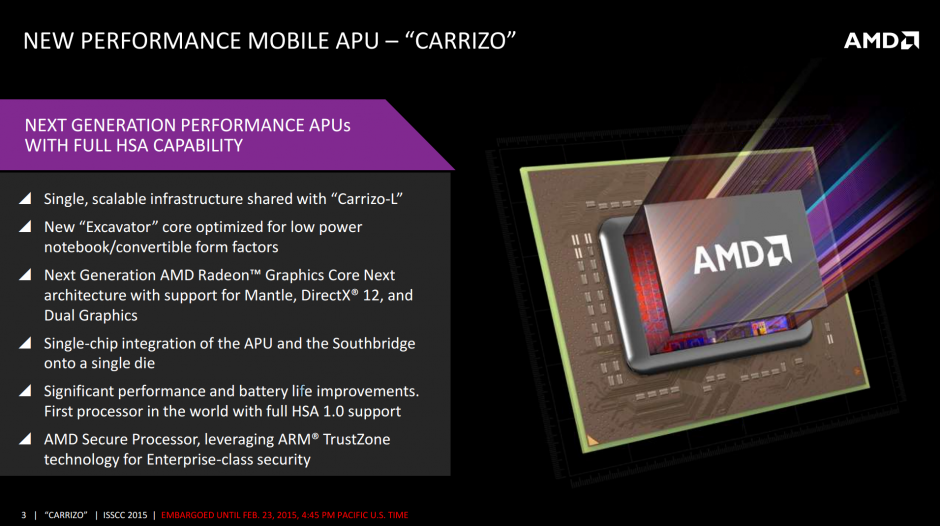
We’ve been hearing about AMD’s APU chips for quite some time now, but just last year the company announced its new Carrizo lineup that will probably change everything for the company. We laid our hands on one notebook that sports the new AMD A10-8700P processor – Dell Inspiron 5555 and, of course, we ran all the tests to see how it performs and can it really stand up against Intel’s competition.
If you are not familiar with the Carrizo-L series, it is believed that AMD released two groups of CPUs. The Carrizo-L family will be the one presenting the SoCs and the budget CPUs while the main Carrizo series represent the high-end class chips from the company. The one we have here runs on a maximum of 35W TDP but can be configured down to 12W so performance may vary in different laptops. Here’s what we think and gathered so far.
Contents
Architecture
In some aspects, AMD is still falling behind Intel and NVIDIA’s manufacturing technology. Still AMD is promising a huge performance leap over the last Kaveri generation. The manufacturing process continues to be 28nm from which we can expect a bigger power consumption, some extra heat, and slightly bigger form factor compared to Intel’s chips. However, AMD was able to fit 29% more transistors in the same die size compared to the Kaveri generation CPUs. Also, the new x86 Excavator CPU cores will provide 40% less power consumption which is really impressive if the numbers are actually met. It seems like AMD is optimizing the current technology process instead of moving on with 22nm or even 14nm like Intel did. That’s a risky move and only time will show if this strategy proves useful.
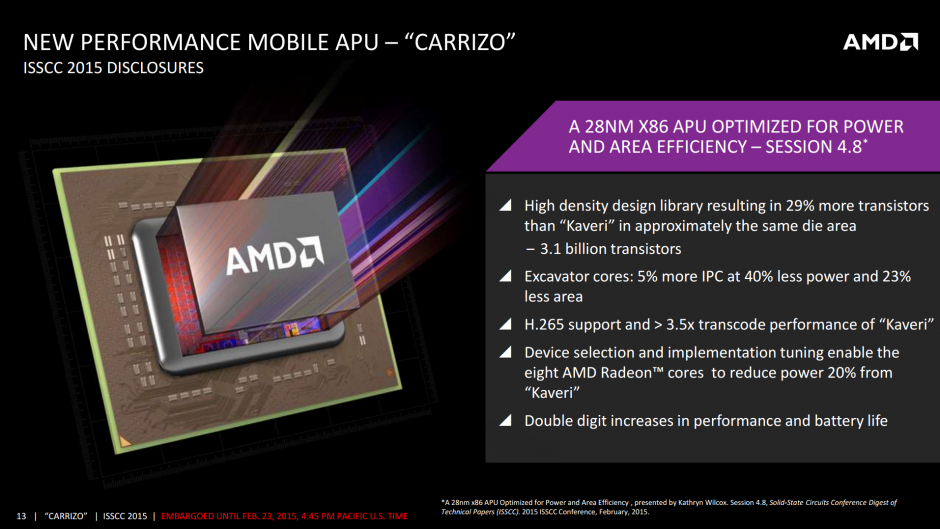
The new generation Carrizo lineup continues to use the so-called HSA architecture and the most notable feature is the hUMA (heterogeneous Unified Memory Access). The hUMA lets both GPU and CPU cores use the same memory address, thus shrinking the amount of instructions required to complete the tasks which greatly decreases power consumption and increases overall performance. However, the hUMA feature will be available only on Carrizo series chips, while the Carrizo-L (in our case) uses the pUMA+ cores and what is believed to be the successor of the Jaguar cores. The new pUMA+ cores will be used in entry-level notebooks, ultra-thin laptops, tablets and other devices with smaller form factor. As mentioned above, the pUMA+ cores feature 28nm manufacturing process, 2 or 4 cores, GCN, and power consumption between 10 and 25W for the whole SoC. It also offers better performance per Watt.
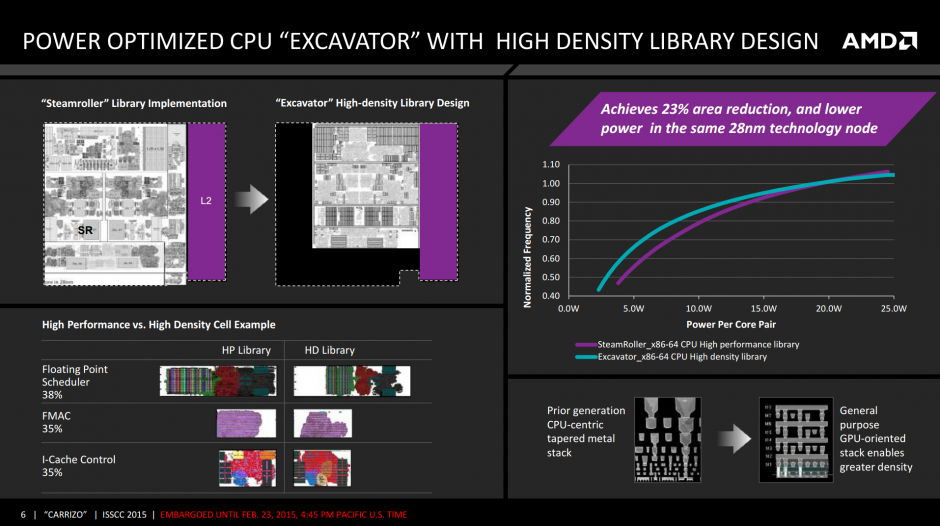
In terms of energy efficiency, the engineers at AMD may have struggled a lot to optimize the old 28nm process, but as we all know, there is a lot more to power optimizing than just one manufacturing process. Starting with the Carrizo family, AMD has implemented several technologies that monitor the voltage of the CPU, making it more optimized in terms of power efficiency. How does this work? It’s basically pretty simple – each SoC or CPU experiences drops in voltage or also known as droops. In order to avoid those “droops”, the system provides more power than needed to over-compensate the transient voltage. Unfortunately, while this process is effective it’s not that power-friendly because the power leakage is proportional to the square of voltage increase. In other words – 10% over-voltage leads to 20% over-consumption. So AMD has found a way to optimize this process by tracking the voltage input in real-time, adapting the operations of the CPU and GPU, and adjusting the frequency in a fraction of a second, or more specifically – nanosecond. This technology makes no compromise in terms of raw power and cutting the power consumption by 10% of the GPU and 19% of the CPU.
Along with this technology, AMD has implemented AVFS (adaptive voltage and frequency scaling). Despite the fancy name, the AVFS is actually pretty simple. To monitor all of those processes mentioned above, the engineers have built-in some additional sensors along with the conventional ones for temperatures and power. With the help of those sensors, each individual APU adapts in real-time to the silicon characteristics, platform behavior and environment. AMD states that the AVFS provide additional 30% savings in power consumption.
Some last words on this subject – AMD justifies the use of the 28nm manufacturing process by keeping the costs low. It’s true that AMD provides relatively cheaper CPUs compared to Intel, but also states that by optimizing the 28nm architecture customers get less power consumption for a decent price. Compared to the Kaveri graphics, the new GPUs integrated into the Carrizo will be able to squeeze out the same performance for 20% less power consumption. All of this sounds great, but we would have to check that in our tests below.
It’s also really important to note that the new generation APUs will be shipping with the new Radeon GPU cores with dedicated power supply, which is another step in the right direction in terms of performance and power-efficiency.
Features
This might be the biggest upgrade over the Kaveri design. With the Carrizo AMD is finally making some changes with the design making the new chips a true SoC. The SoC will provide additional connectivity options, security, display, and etc. For starters, the new SoC design will support H.264 encoding with DCE11, HDMI 2.0 that provides up to 3 displays and PCI-e Gen 3.0 if you want an additional discrete GPU. Also, the chip can provide 4 USB 3.0 and 4 USB 2.0 connections and SATA 3 ports. The memory controller will allow Dual Channel DDR3 memory compatibility and can go up to 2113MHz.
Performance and benchmarking
CPU performance
Results are from our Photoshop benchmark test (the lower the score, the better)
Results are from the Fritz chess benchmark (the higher the score, the better)
GPU performance
Results are from the 3DMark: Fire Strike (Graphics) benchmark (higher the score, the better)
Verdict
To be honest, this is what we were expecting from last year’s Kaveri chips – great graphics performance and almost unmatched CPU performance in the low-end segment. The SoC provides exceptional performance in the 15W TDP tier, however, it can’t battle the Core i7 and Core i5 chips from Intel, which are more expensive anyway. The Core i3 chips, on the other hand, is easily matched by the A10-8700P, which was virtually impossible with the last generation. All in all, the new Carrizo lineup offers a lot of improvement over Kaveri even beating some dedicated graphics like NVIDIA GeForce 920M and
We also have to mention the handy and improved hardware decoder (UVD 6), which now allows you to stream demanding 4K videos using HVEC / H.265. Moreover, the VCE (Video Codec Engine) is also improved for faster transcodes of H.264.
Pros
- Great performance leap over last year’s Kaveri generation
- Exceptional graphics performance and…
- Good CPU performance considering the 15W TDP and low price
Cons
- Not the best power efficiency
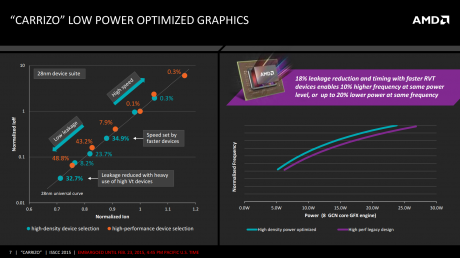
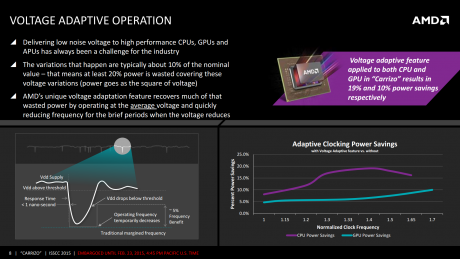
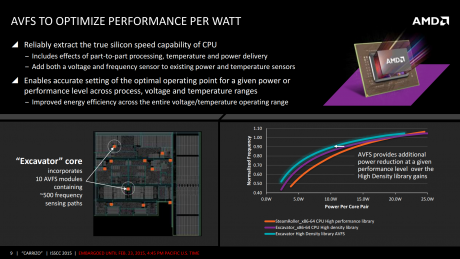
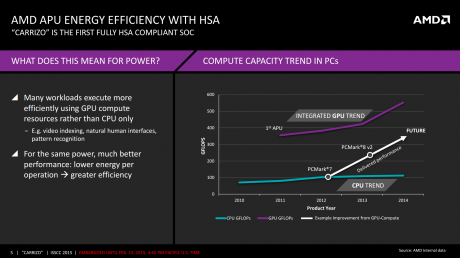













So you think this would be a very good buy ?